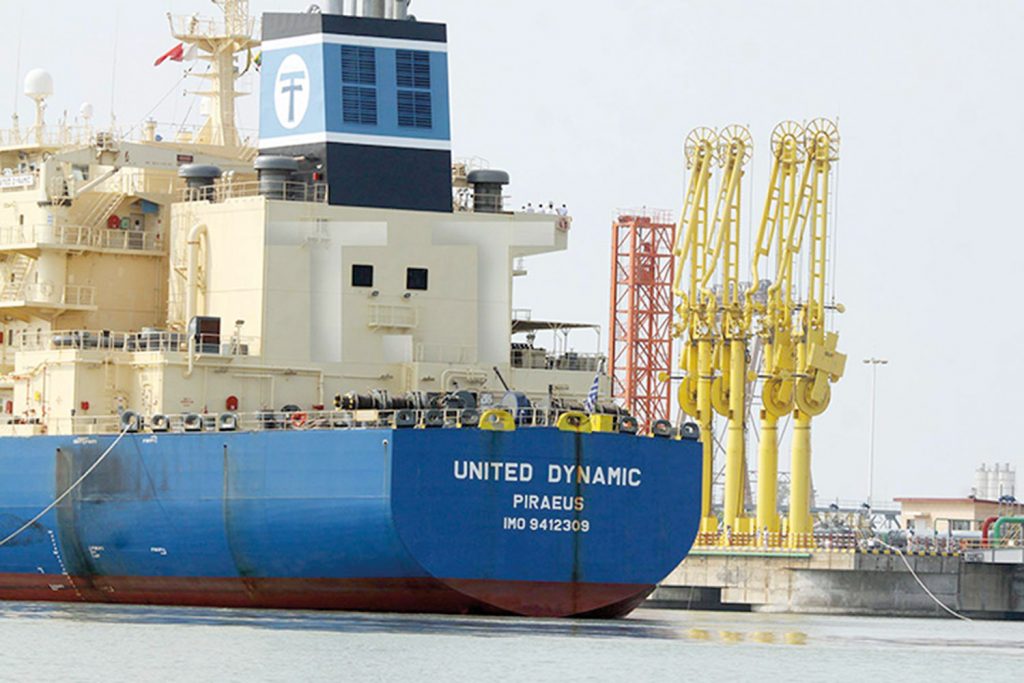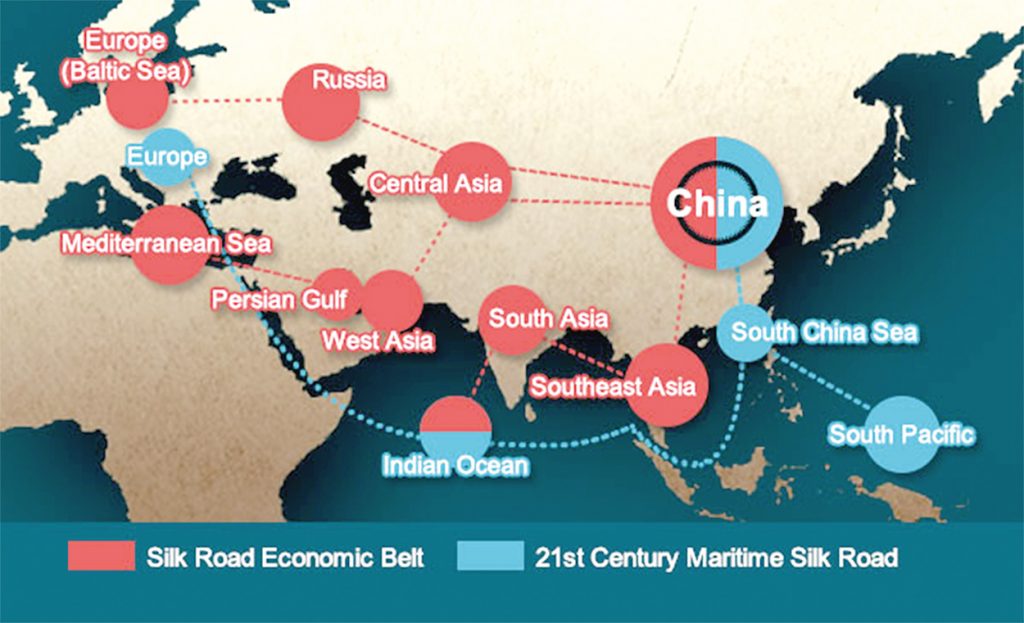16 June
Back in 1980 I was a 22 years old engineering student less than a year away from becoming a full fledge engineer. Before I enter the work force, I wanted to find out how real life businesses were and went along with my brother-in-law to our border with Thailand where he was a small time trader. I was astonished to found out that he was not producing anything himself but instead was carrying goods, mostly agriculture products from Myanmar to sell to Thailand and on the way back was carrying manufactured goods from Thailand.
At that time, our country was under socialist economy and as a young aspiring engineer, I was wrecking my brain to find out what sort of manufacturing or industry our country should went into. It was an eye opener for me to see what trade was in my trip to our country’s border with Thailand. I realized there that trade can be done even if you don’t produce anything.
In 1985 I became a junior research engineer and learnt about real life work and business. After having my first good experience in the opening market of Myanmar in the early 1990s and gaining some income that I couldn’t dreamt of during the socialist era, I was even thinking of going into a newly opening market like Afghanistan as I’ve seen what can be done and gained in an economy or market that was opening up. Fortunately or unfortunately I never went down that path so I don’t know whether I would have made it great business wise in Afghanistan even though I was pretty cocky and somewhat over confident that I indeed could have made it.
Fast forward another 26 years to 2011 when I already had worked as an engineer, a manager, an advertiser, a marketing man and finally a business developer. I was more mature and not so overtly confident anymore. That was when I read Thant Myint U’s book “Where China Meets India.” The book brings back to me my first experience about trade in our border with Thailand on 1980. If my brother-in-law could buy and sell or trade Myanmar and Thai goods without producing anything and earn a decent living, a sizable number of our fellow countrymen and women can also earn a decent living buying and selling Chinese, Thai and Indian goods to China, India and Thailand or as an extension ASEAN. Myanmar is where China, India and ASEAN meet. We are at the crossroad or junction.
Look at Singapore which was another country at the crossroad or junction of trade. Looking back historically, east west trade benefited Singapore ever since merchant from east, west and the middle-east as well as locals thrives in the burgeoning trade that has been going on for centuries by now. Singapore starts off as a trading hub or centre and became what it is now as it expanded into other sectors like shipping, refinery and electronics.
Myanmar’s population of 50 million is ten times more than Singapore. Combine this market with the combined population of China, India and ASEAN of more than 2.5 billion will give an unimaginable space for expansion. Market size can be a decisive factor in producing anything. The bigger the market size is, the more option the manufacturer and producer had.

The rich and poorness of the people in a market is also another factor for goods and services to that market. China, India and Asian countries consisting of ASEAN countries were once backward colonies or states. Now most of these countries were becoming modern and developed. Just look at China. China’s middle class was four per cent of its population in 2002. A decade later, this number had climbed to 31 per cent constituting over 420 million people. China’s middle class population is now bigger than the entire population of the United States. China’s rising and increasing middle class was also the major contributor toward the number of outbound tourists from China as well as local travel in China. India on the other hand is becoming a drive engine of the world’s economy by providing the majority of the CEOs and leaders of the world’s top global companies.
Kishore Mahbubani, a Singaporean academic, a former diplomat, a former Dean of the Lee Kuan Yew School of Public Policy and author of many thought provoking books such as “Can Asians Think?” and “The New Asian Hemisphere” had pointed out that the West has been very powerful in the last two hundred years but looking back at the last two thousand years, the two largest economies in the world were consistently China and India. It was only in the last two hundred years that the West has taken off. Now, as the Asian societies are on the path of success a Goldman Sachs study had shown that by 2050, the four largest economies in the world will be number one China, number two US, number three India and number four Japan. Not a single European economy will be among the top four and according to Kishore, this is a huge shift of world history.
Of course whenever we do business, we’ll have to seek out the best market for our services and products. But if we have a huge market sitting right beside us that was predicted to become the top of the world’s economy in 30 years, wouldn’t it be prudent to look at what this huge market had to offer for us? Would it be wise to ignore this huge market nearby and look at much smaller and limited market elsewhere?
China’s east coast is a very modern developed place because this was where China’s production facilities were churning out goods for the entire world. But China also had western provinces to develop as well as is developing. For this, the best was to create new trade routes. China’s One Belt One Road is creating these trade routes. The oil and gas pipeline to China is the revival of the old trade route to China through Myanmar. In fact the Mandalay-Lashio-Muse road built or more correctly upgraded in the early 1990s was the first revival of this old trade route and had now become a major trade route for Myanmar-China trade. Remember World War II when this route and later the Ledo or Stillwell road became a strategic road of importance. Looking at matters from this perspective, the oil and gas pipeline, Kyaukphyu Special Economic Zone, rail and road connection to Kyaukphyu via Mandalay from China can be seen as of vital interest not only for China but also for Myanmar and our people as well. It is not only Chinese goods and good for China that will flow long these routes. Our products and products for us can also flow along these routes.
In the same way, India is looking east and was promoting the Kaladan multi-modal transport project with not only the purpose of developing its land-locked eastern provinces but to open up trade routes with ASEAN. Thailand on the east was opening up to their west into Myanmar through Dawei Special Economic Zone and the economic and transport corridors through it. As in the case with the route to China mentioned above, this east west economic and transport corridors will allow not only the flow of Indian, Thailand, ASEAN goods to and fro but our products as well as products for us as well.
Talking about SEZs in Myanmar would bring to the minds of everyone who had any interest in Myanmar about the most developed SEZ of the country – Thilawa SEZ. Thilawa SEZ is becoming more and more of a success story. This doesn’t mean that it had the best concept and situation than the other two SEZs of Kyaukphyu and Dawei. We were realizing the potential of Thilawa SEZ to the fullest while the vast and enormous potentials of Kyaukphyu and Dawei were not being realized yet. We hadn’t realized the vast and enormous potential of India’s look east policy and China’s belt and road program. Just think about the gigantic possibilities for all if Myanmar is not a market of a 50 million people but a market, or a trade route that will connect 2.5 billion people.
A free or more truthfully a fair trade promoted by World Trade Organization had made the world what it was today. Despite the recent revival and the dubious popularity of protectionism and nationalism worldwide that was somewhat of a concern, trade is still strongly believed to continue to make the world a better place to live in for all. For our country Myanmar, where China, India and ASEAN meet, promoting trade and hitching a ride on the developing trade routes would be the surest and simplest way to development and prosperity.
By Zaw Min


